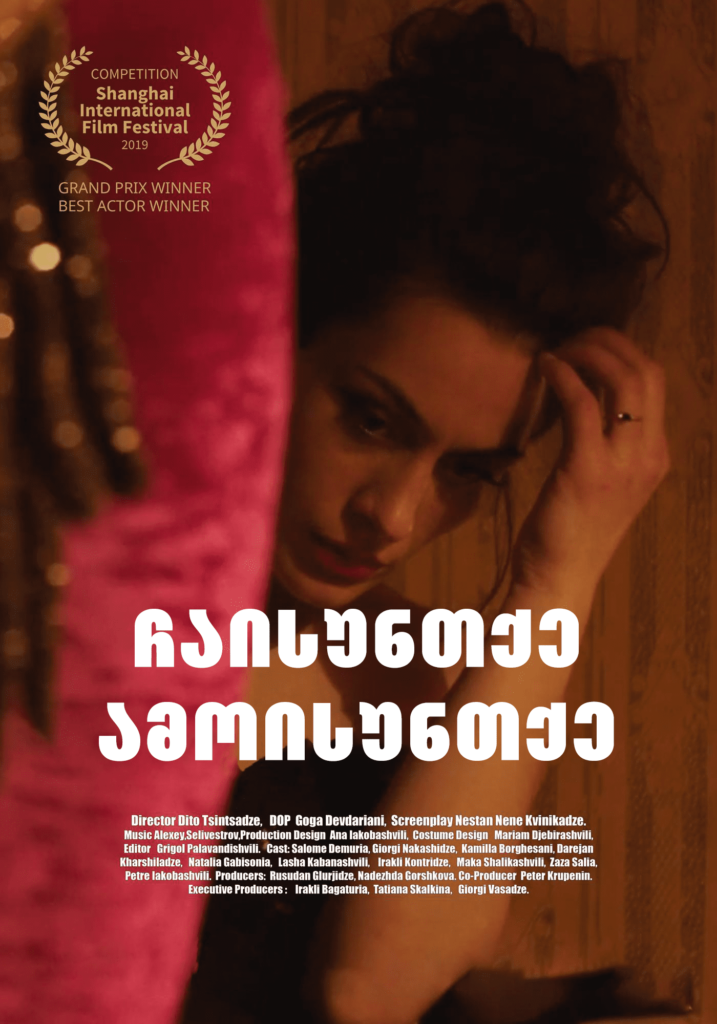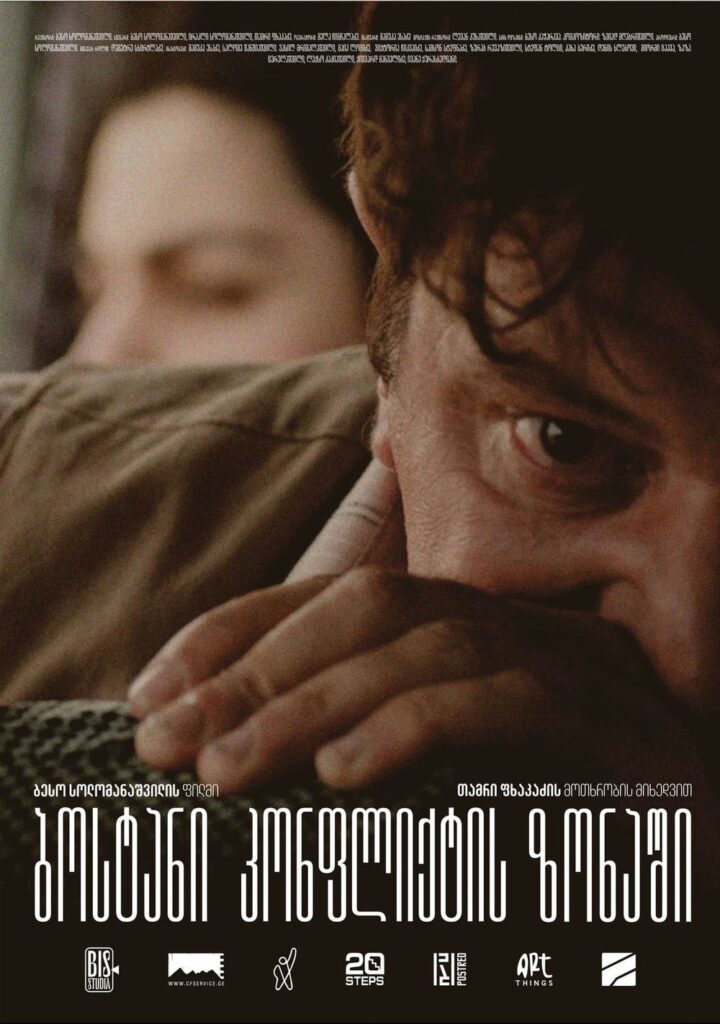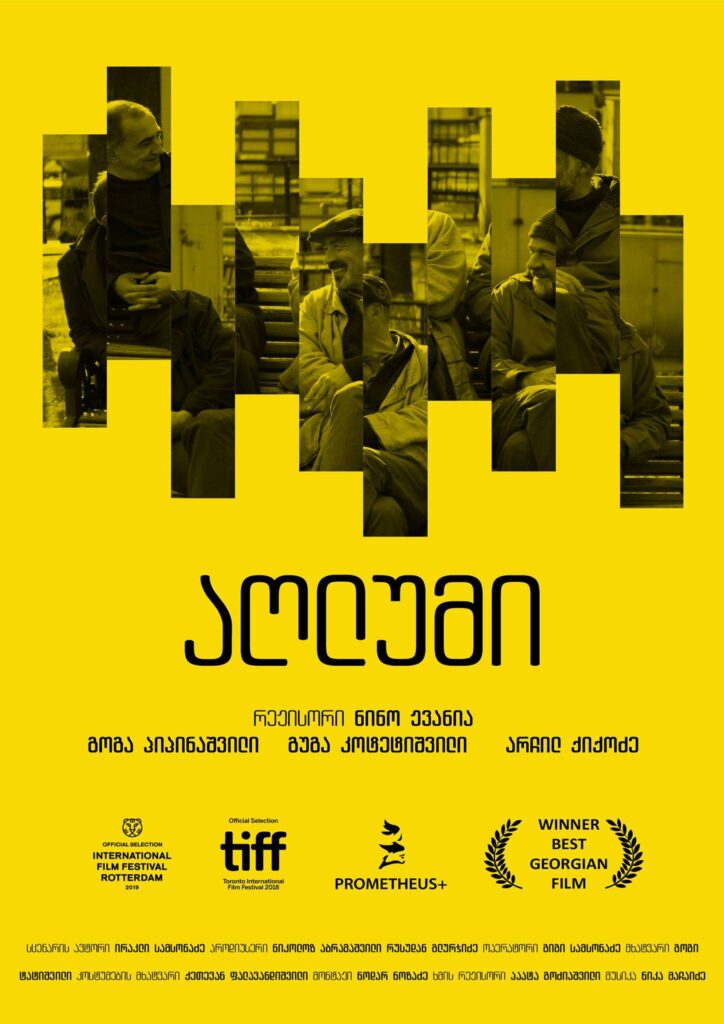In all the annotations of Giorgi Mrevlishvili's documentary film, "Twelve Lessons" (2019), we come across the statement that "the film tells grandpa Valeri’s story, who lives in Guria and uses various ways to integrate his autistic grandson into society..." etc. Each time we watch the world built by Valery Kotrikadze's love and labor on a documentary screen or in a TV story, we still get the feeling that this world might be more full of warmth, peace and the main axis of dependence on each other than all our remained, dangerous and often lifeless independence and personality. This, in general. Naturally, I do not mean anything specific, nor all aspects of modernity.
But there is the power of seeing the details of documentary cinema, accessing them, which nothing can replace, neither even a TV story, nor a program, if the extensive interview is not so deep and eloquent, when the subject includes the extreme forms and content of human feeling in the documentary film.
The change of realistic, slightly expressive landscapes from the village of Guria seems to obey a single aesthetic concept, and therefore the author does not look anywhere for spaces depicting a romantic idyll. 12 Lessons is a path of spirituality and self-discovery, started twelve times and finished as many times, where grandfather and grandson are two heroes, both childishly naive and both calm with invisible wisdom. In this film, Vako's autism is not a TV story, but a different way of knowing the world – he perceives it in his own silence and calmness, with such an open and straightforward directness that a person accustomed to the modern world will have to study the resource of discovering such an open feeling in himself for a long time.
Divided into the first, second and third lessons, the episodes of family life in Buknari village are refrained by grandfather and grandson in the silence of the night, a figure seen in the open door, a silently recited prayer and grandpa Valeri's evasive "God is with us." It must be emphasized that neither a sign of pathos or pathetic is anywhere to be read or felt in this common view, in this pure episode of the relationship between two people. Even the black night of the illuminated, half-tinted doors and windows is much expressive, and once again we realize how sensitive documentary is to people with existing and deep feelings.
Vako's class teacher asks questions in a slightly monotonous way, talks about Athena, the Acropolis and the holidays spent by the children. In the frame, against the background of the trees and children’s squelching feet reflected in the puddles, Vako answers the teacher's questions in a low voice, and again, like after every conventionally divided cinema “subchapter," the mood is also broken here every time by the hysterically agitated journalist's announcement that "the population is asking for help." That "beetles are still destroying nuts and crops" that "no one could do anything (about)" and others. What is this? An aggressive image of the modern world or a metaphorical statement of the helpless and difficult reality of the problems of rural life? It is this metaphorical link between lessons that is in a kind of categorical dissonance with the mood that both characters bring to the film. Grandfather and grandson are both well-rounded individuals whose world does not really need the wave of aggression and resentment that rules the world today. But this is life. Against the background of these greenless, desolate landscapes, it seems that two people are not just fighting (although the grandfather, of course, works tirelessly to relieve any discomfort of teenagers with this spectrum and, above all, his grandson, the space still feels remarkably benevolent), but lives in harmony with the environment.
The most mysterious and interesting feature of the relationship between documentary and reality started at the beginning of the 20th century, when the reformer of cinema, the innovator of documentary cinema, Dziga Vertov (Denis Kaufman) began "discovering something new from existing" and his film, "A Man with a Film Camera," tried to scruff life, as he himself noted. This process was then associated with the reflection of a dynamic, unexpected environment with a different eye and tempo-rhythm, and Vertov thus started a completely different, subjectively oriented documentary cinema, just like Robert Flaherty's innovative vision in the film, "Nanook of the North" (1922), a hyper-realistic depiction of man’s daily struggle for self-survival preserved in the history of cinema.
Modern documentary cinema, with its different technological approaches and means, can possess undoubtedly much more unexpected resources. But not a single visual event is capable of presenting the most mundane everyday life relationships, which have turned into ordinary stories for other eyes. This experience is a kind of interpreted version Vertov and Flaherty’s conceptual position – turning the reality of life into an illustrative narrative of art, and these associations also appear only because the self-evident, naturally developing theme of "Twelve Lessons" is the same everyday world that has changed its image, at the same time, is familiar with existence, without excessive pathos. The latter is the most important thing that should be noted in Giorgi Mrevlishvili's work – any episode, even the section showing the relationship between grandfather and grandson, lacks this pathos.
The finale, where the grandfather teaches Vako to swim and wraps the end of the life ring rope around his waist, needed continuation – we follow this story with intuition and, finally, we see two motive points against the dark background of the sea, connected and, at the same time, naturally located in a harmonious space in nature. Such a finale might most easily and organically remind us of eternity, the one where the most native feelings and memories never die. That is the reason why it seems to me that the hysterical world, with its constant discontent and reportage pathos, is powerless to this rare ability of documentary cinema – to preserve real feelings.
There is nothing more difficult than simply presenting the existing truth as eternal. And yet, any spiritual or physical emotions can reflect a depth of experience just as a documentary film, which cannot be found in an informative, factual or even full-spectrum story.
Ketevan Trapaidze






